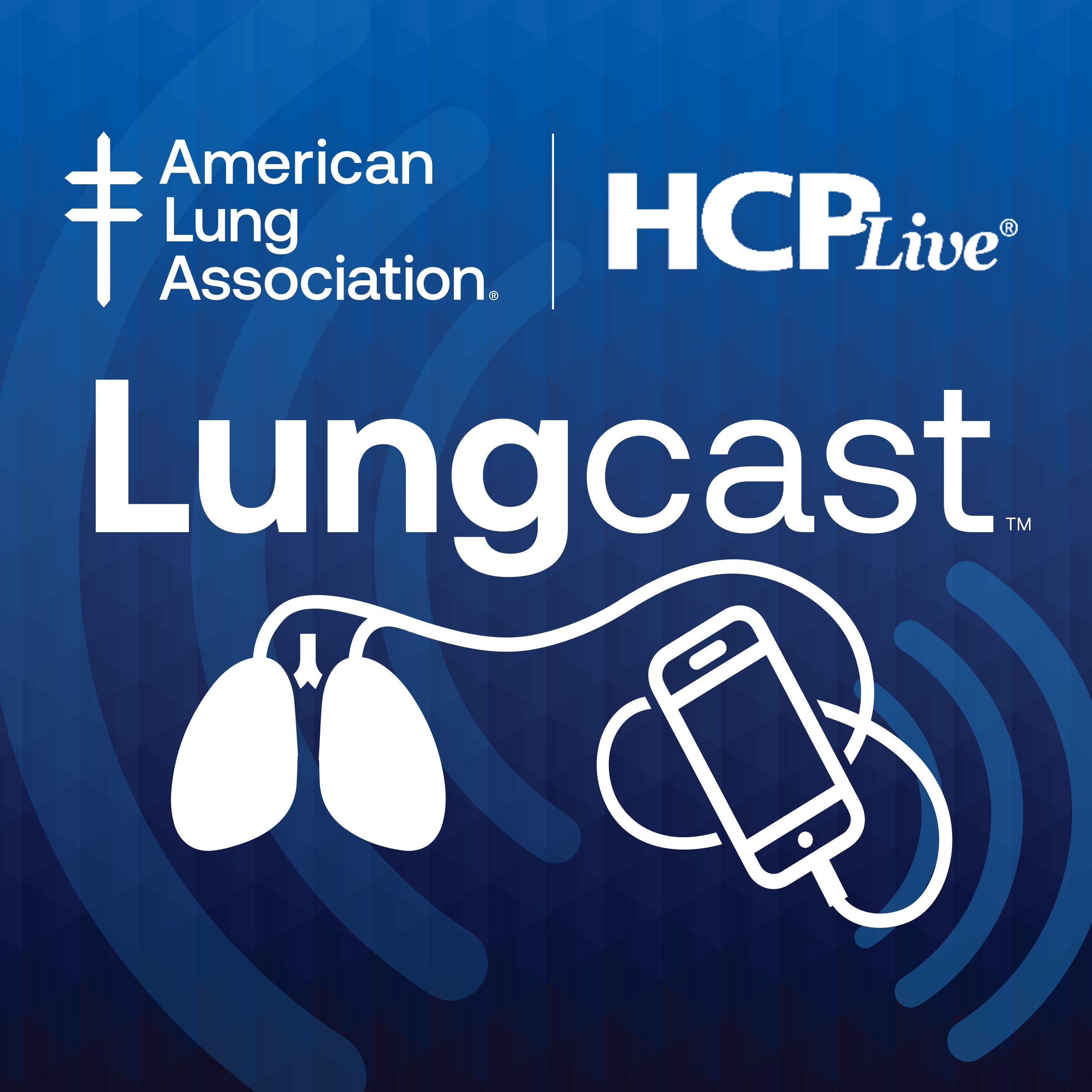Video
The Role of L-Glutamine in Treating SCD
Author(s):
Transcript:
Biree Andemariam, MD: What are some other things that can be offered? Hydroxyurea is tried and true. It works. It works well, and the toxicities are usually manageable. The earlier you give it, the better the outcome will probably be. There’s no doubt about that. We thank you, pediatric hematologists, for putting all the kids on hydroxyurea. We are inheriting healthier young adults.
Wally Smith, MD: No question; 95% of kids make it to adulthood, so that’s to be lauded.
Biree Andemariam, MD: Let’s talk about what else is there. Wally, in 2017, the second FDA-approved drug for sickle cell disease came out on the market: L-glutamine. Tell us about that.
Wally Smith, MD: The big deal about L-glutamine was that it was not hydroxyurea. There was something else we could offer. After 100 years of sickle cell disease, there was 1 drug on the market. L-glutamine broke the news that there is something else you could offer. The data showed that it decreased vaso-occlusive crises.
It didn’t seem to do much to the total hemoglobin. It did increase the time from the first crisis to the second crisis, and that was about it. That was enough for the FDA to say that the [adverse] effect profile is minimal, so we’re going to approve this thing. I was there the day they approved it, and I was doing backflips. It was a good deal. Everybody’s coming around chasing their tail, but they got there first. They were a 17-person company, and they got a drug approved. You have to give them some props for that.
Biree Andemariam, MD: What have you guys been seeing when prescribing L-glutamine to your patients? What’s been the patient uptake, the patient compliance, and the [adverse] effect profile in the real world?
Wally Smith, MD: The [adverse] effect profile is minimal. The adherence is OK.
Biree Andemariam, MD: Elliott, you wanted to say something?
Elliott Vichinsky, MD: Yes. The glutamine is a compound that is safe, and there is good science for it. I echo that the problem with the drug is that there wasn’t further reinvestment into long-term biologic consequences or in changing the biology in the study. There are a lack of data because of the funding, the company. So that limits it.
I do have a group of patients in California who are really averse to cytotoxic chemotherapy, and are happy that there’s a nutritional approach to sickle cell disease that they can buy into and use.
I think L-glutamine has been used for other things, too. It’s probably an NO [nitric oxide] donor, as well. I use L-glutamine, particularly in families,depending on their age and things, who are interested in the complementary or additive effects and without the risk of hydroxyurea, which is minimal.
The other benefit of the drug is that it lowered the number of acute chest syndromes quite dramatically. I think there was a 3-fold decrease in that study, but the numbers were relatively small. And interestingfor families, there’s no laboratory monitoring required.
Some patients do get GI [gastrointestinal] upset with it. But as we indicated, this drug’s maximum benefit or potential use has been understudied because there isn’t a mechanism. Other than the company, and I think as we move into discuss that, we’ll learn more about it. But in that study with hydroxyurea, whether you’re with it or not, it had an additive effect for both hydroxyurea groups.
Wally Smith, MD: Good point.
Biree Andemariam, MD: Julie?
Julie Kanter, MD: I agree. I have a couple of patients who similarly want something they consider more natural. I have several patients who wanted it on top of hydroxyurea. They were clearly taking their hydroxyurea, had every indication. It’s a great drug, but it’s not a one-and-done drug, especially as patients age. I’ve seen some good successes with L-glutamine, so it is complicated. You have to take it as a powder, mix it twice a day. I have a couple of patients, and I can tell that they take it because they ask for the refills on time and without prompting.
Wally Smith, MD: And children can take it as young as 6 years of age.
Michael DeBaun, MD, MPH: Right. The other advantages for my patients with sickle beta plus thalassemia, or my patients with SC, this is my go-to drug first. I do discuss the pros and cons of hydroxyurea, concern about hyperviscosity when the hemoglobin is already 11 [g/dL]. For those patients, I offer them L-glutamine as my first drug. Then for the patients who have triple-digit MCV [mean corpuscular volume] levels, or their MCV has increased by at least 10 fL on hydroxyurea, I will offer them L-glutamine as an alternative.
We’ve already talked about adherence being a big deal. So many of my children are thought to be emancipated by their parents by the time they’re 10 years old. They have to mix the drug on their own, put it together, and everything. I say, “Wait. This is a 10-year-old. They’re in the fifth grade. You need to stop and mix the drug for your 10-year-old and give it to them.” Parents will say, “They know how to make it.” No, they don’t. This is the reality for many of our families.
Transcript Edited for Clarity





